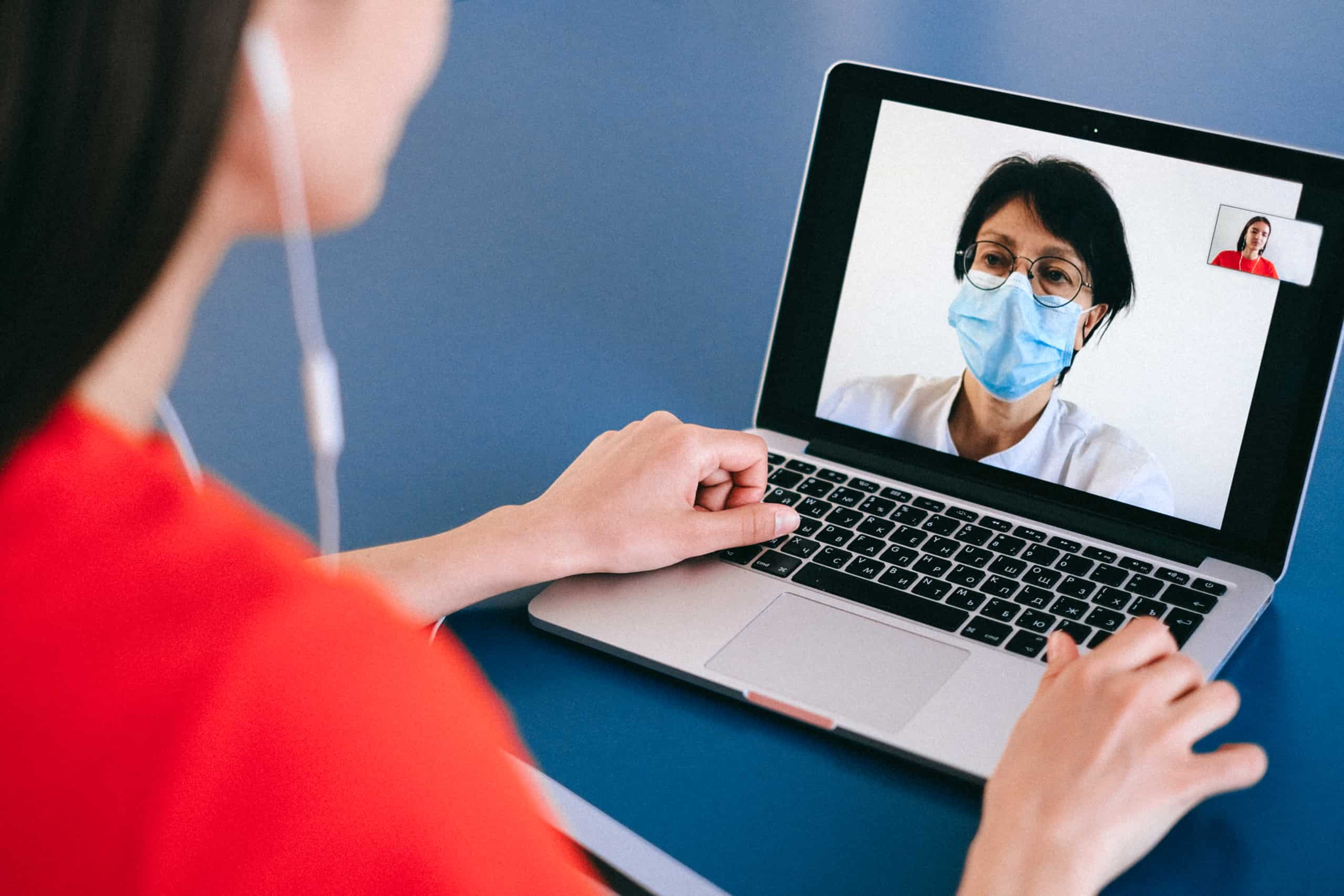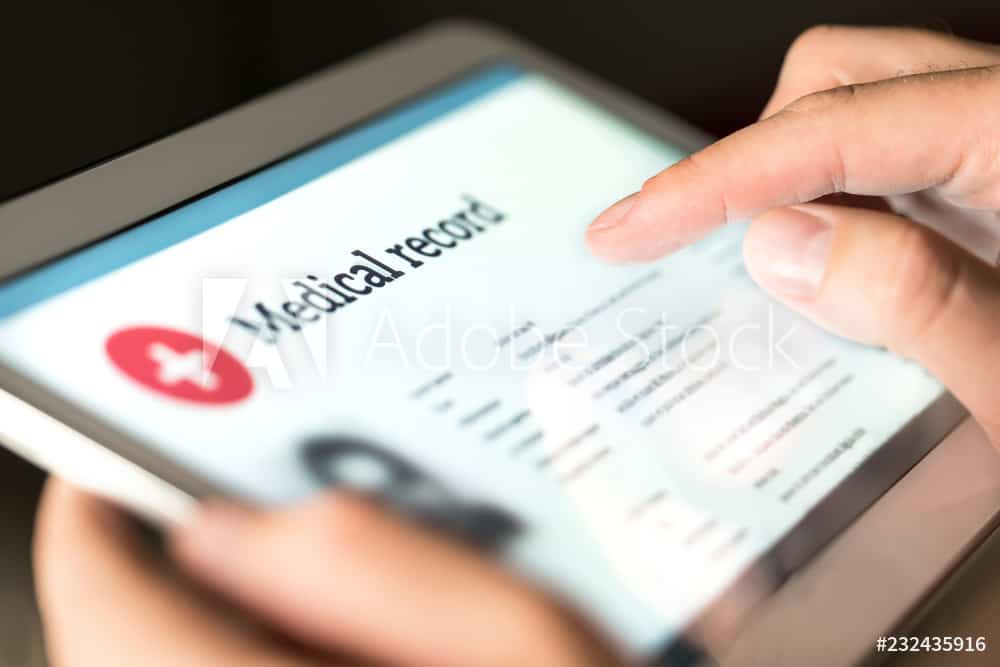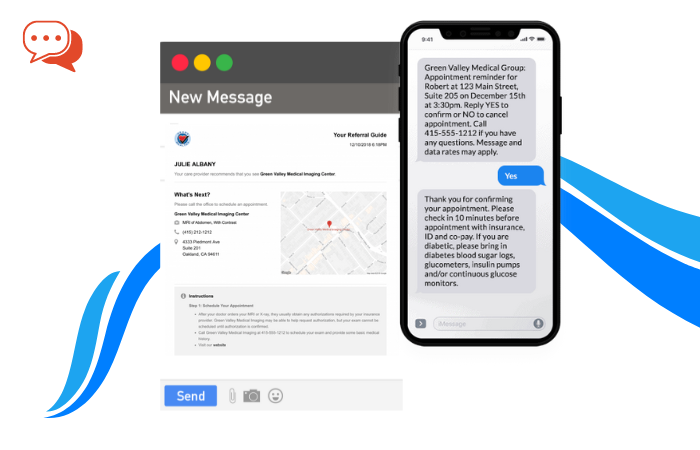High expectations of patients and constantly increasing medical requirements have forced the world to take non-traditional healthcare approaches. COVID-19 has forced the healthcare industry to deliver services (appointments) to the patient versus the patient coming to the doctor. This has increased the usage of telehealth, telemedicine, and remote patient monitoring.
Telemedicine and remote healthcare technology are capable of providing patients with quality health care services. They can enhance the experience, access, and distribution of specialization. It also has the potential of reaching those areas that are not adequately connected with proper medical facilities.

Photo by on Pexels
This sudden interest in remote patient monitoring, telemedicine, and telehealth technologies is fueled by the fact that COVID-19 is rapidly outbreaking. The need of the hour is—healthcare should be delivered right where the patient lies, as opposed to the traditional approach—where patients approach the healthcare facility.
It may come as a rude awakening to the industry as healthcare regulations have in the past slowed down change.
A Birds’ Eye View To Telehealth Statistics
Undoubtedly, COVID-19 has come across as the stimulus behind the rapid expansion of telehealth measures. In 2019, only 11% of the consumers in the United States used telehealth. Now the number has swelled to a whopping 46%.
Healthcare providers, too, are feeling the heat. They are seeing a rise by the factor of 50 to 175 times in the number of patients. Earlier, the total revenue of the United States’ telehealth companies was less than $3 billion. Now it is expected to rise to $250 billion. This is a tremendous rise by a factor of 80.
The State Of Telemedicine Today
The history and development of telemedicine are closely related to the development and history of technology. For example, video conferencing technology was available for a long. Most of the United States population knows how to video chat using mobile phones or computers. The same technology is used for conferencing with the doctor for availing medical aid.
We have been seeking communications methodologies for a long time through wireless transmission, electroscopes, telegraphy, etc. Radio and telephone used to be the earliest form of telemedicine, which have now been supplemented with advanced diagnosis methods such as cloud-based client-server software. Not only this, but we have entered an era where we have developed advanced telemedical devices that can support in-home care as well.
Fast forward to 2020—we see that telehealth is evolving at a greater speed than ever happened in history. With the availability of better technology at exponential levels, the accessibility and the cost-effectiveness of basic telemedicine apparatus have also increased.
It is natural—as telemedicine was originally conceived to be one of the methods by which patients located in very remote locations, far away from proper health care facilities—can also avail of healthcare.
It was a revolutionary idea that promised to compensate for the shortage of medical facilities and professionals. What is truly revolutionary is—telemedicine has proved to be not just a requite for healthcare shortage but as a legit means of providing even better and convenient care. Connected patients have the additional advantage of saving the commuting time to doctors’ facilities and immediate healthcare availability for urgent conditions.
Increased Patient Access
As discussed earlier, improving patient access and experience are the prime reasons why telemedicine is gaining popularity. The original idea behind telehealth development was to provide healthcare to those areas that are very far away from healthcare facilities. But now, due to COVID-19, it has become prevalent all around the world. Elderly patients having mobility issues can see the doctor without having to take the trouble of commuting to the facility. Remote patient monitoring solutions built over telehealth technology are proving very beneficial during the pandemic, where moving out is full of risks. It has crossed the geographical hurdles, and the entire model of healthcare delivery has become quite convenient.
Decreased Healthcare Spending
If we talk about the United States of America, we would see that we spend more than any other country on healthcare. The total spending is around $3 trillion every year. A significant fraction of these costs can be saved by shifting towards remote healthcare delivery models and telemedicine. Non-necessary ER visits, not complying with the medication recommendation, and spending on commuting can be reduced. Synchronized video-graphic telehealth consultations result in overall cost savings as patients get diverted from pricey health care settings. Studies have suggested a consistent decrement in the overall cost per visit and cost per patient. Cost-saving by utilizing telehealth measures is not the outlier but the norm.
Specialist Care Becomes Readily Available
The remote patient monitoring and telehealth models are beneficial for patients, but hospitals and medical facilities can also benefit. They can expand their reach immediately by the implementation of telehealth technology.
Primary doctors can consult specialists on a particular medical niche immediately, regardless of their location. Telemedicine provides the patient with the ability to connect with a doctor via live video chat using securely encrypted software apps. They can receive and send digitalized diagnosis reports such as X-rays, 3D rotational angiography reports, etc.
As I write this article, there are already more than 200 specialist telehealth networks in operation, having more than 3000 service sites across the United States.

Photo by on Pexels
Improved Patient Engagement
In the opening paragraph, I wrote that there is a surge of expectations by the patients of the 21st century. Patients want an entirely different kind of healthcare engagement model. Telemedicine is one such innovation that enables patients’ connection with doctors at their will, more frequently, and in an entirely convenient home environment. It also translates into more questions, better engagement, and a deep relationship between patient and doctor. Patients become encouraged to handle their healthcare environment at their desire.
Lesser Risk Of Catching New Diseases
Let me ask you a question. Which place do you think is full of sick people? Hospitals, of course. Healthcare facilities and nursing staff do their best to prevent diseases from one patient to another. Yet, there is always a possibility that patients may transfer diseases to each other in crowded waiting rooms. Telemedicine offers the benefits of seeing the doctor right from the safe confines of patients’ homes. So, there is no chance of catching the infection from outside. It reduces the exposure and the circumstances that—either other patients or you would pass your disease to anyone else. It becomes especially prominent in the times of COVID-19 when there is such a massive spread of the pathogen.
Where Is Telehealth Heading?
The time to act is now. The current crisis has doubtlessly shown the importance of telehealth technologies and remote patient healthcare delivery models. We have to quickly scale up and modernize our healthcare systems by implementing telehealth methodologies. The current revenue market of $3 billion can readily expand to $250 billion. The world is already witnessing how traditional models utterly failed to control the pandemic spread. Only those who will survive would invest in healthcare software development, build infrastructure at scale, and work really hard to overhaul the current health care system.











